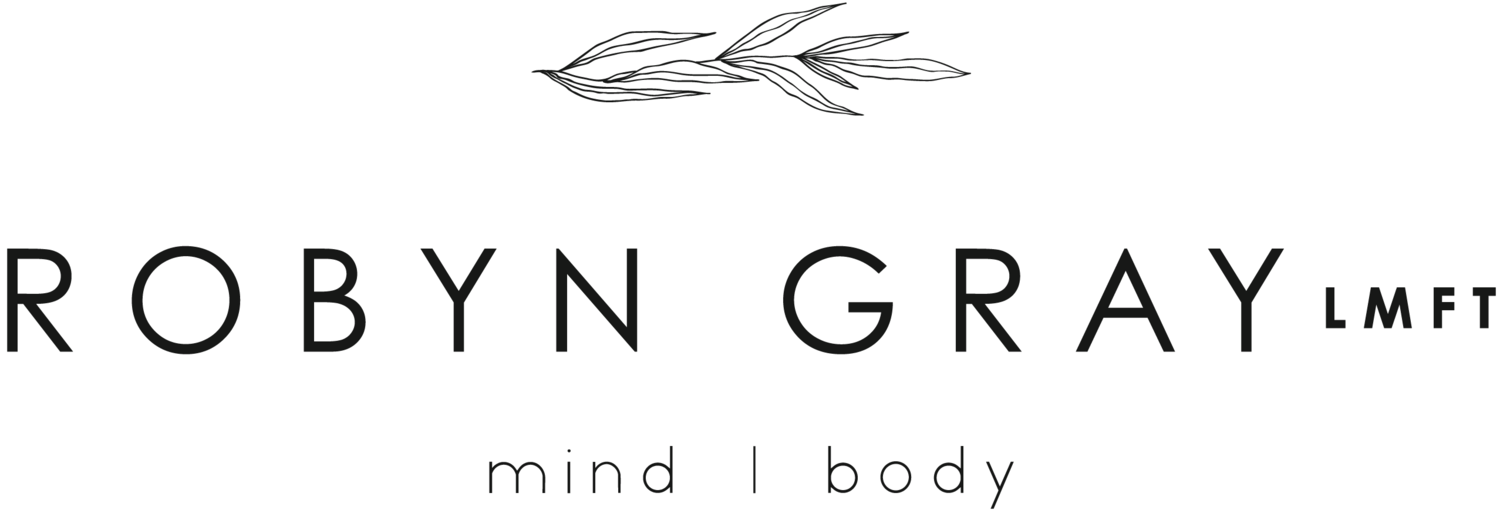How to stop judging yourself
Have you ever felt completely taken over by a thought or feeling, as if you're literally being shoved out of the drivers seat and reacted in a way that you later regretted? Or is there a pattern you engage in that you judge and don’t like but can’t seem to figure out how to break out of this cycle? Do these experiences leaving you beating yourself up and even shaming yourself?
If we’re being honest …
We've all been there at some time or another. And, it can be difficult to not judge ourselves in these moments and beat ourselves up only to feel worse. If we get stuck in the cycle of judging ourselves it can lead to us feeling paralyzed by our shame.
The good news is that we can break out of this cycle.
When we’re in the default mode of our brain, we are more likely to be self-evaluating, which leaves a lot of room for self-criticism. So the first step is to notice when you are in default mode and call yourself out and gently bring yourself to the moment with the following steps below.
When I notice judgments (hello inner critic!) towards myself after a triggered reaction, I try to turn this into an opportunity to bring some curiosity to myself and maybe, if there's enough self-energy in that moment, some compassion and loving-kindness. Remember, this is a practice. I often tell myself that I have the rest of my life to continue to be curious about parts of me and that there's no destination - healing is a life long journey (hello self-compassion!).
Curiosity starts the process of befriending the parts of us that became triggered for various reasons. I have found that the more I try to get rid of the thoughts and feelings around a trigger by denying, distracting, minimizing or shaming myself, the thought and feeling patterns tend to show up more often and feel more activating and consuming. Whereas when I acknowledge these triggered parts and bring curiosity to them, I noticed that they tend to relax. Through my work as a clinician as well as my personal healing journey, I have witnessed over and over again that the challenged parts of us, more than anything, need and want to be acknowledged and seen for their truths. It's like a young child having a moment, if we deny it or shame it in the moment, it can trigger a bigger expression for them. Whereas, if we acknowledge the child's experience, help them name their feelings and help them through those challenging moment, the child will start to regulate and maybe even be able to relax a bit.
So how do we move away from self judgment to a place of befriending the challenging parts of us? It might feel counter intuitive at first but here are a few steps to start the process:
Use the behavior or reaction that you are judging as your “trail head”. Set aside your judgement and get curious as to what triggered your response - follow the event down the trail to learn more about what got you to this place. Notice what thought, emotion, physical sensation, etc. activated you?
Name it. Naming how you are experiencing the thought or emotion in your body. Naming it can help tame it. Acknowledge that you are experiencing something big inside that's challenging you.
Notice where in the body it feels most evident or present, if anywhere (ok if you don't notice anything.)
Ask this part (thought/feeling) how old it feels (younger, perhaps?)
Ask this part (thought/feeling) what it’s function is right now. What is it trying to do for you?
Ask this part (thought/feeling) if there's anything it needs from you right now.
Thank the behavior, thought, feeling or sensation for trying to ultimately protect you; this step is an invitation for you to acknowledge the function/intention of the activation around the trigger even if nothing came to you in that step (often these more difficult parts of us are there for protection in some way or another). You might also ask it to keep doing this for you (protecting you) but maybe in a less intense way. See what comes up after you reflect on this step.
Breathe. Repeat this process as often as needed. These steps don't take away the feeling completely, but they can help soften the activation around the feeling by externalizing this triggered part of you. When we constantly try to dismiss, deny or distract from challenging parts (thoughts/feelings), we're basically telling ourselves that we can't handle these feelings - they're too big for us to face and we are helpless with them. When we befriend and get curious, we show the part of us that although it feels intense, we can handle it and can hold space for it's needs.
If you want to work on your befriending your difficult parts, but don't know where to start, my inner child meditation bundle is perfect for you (click here). My meditations help you bring awareness to your inner child and connect with them so you can start healing, resulting in less self-judgment and shame in your adult relationships, including the relationship with yourself. If you'd like to learn more about my meditation style before purchasing, feel free to follow me on Insight Timer.


